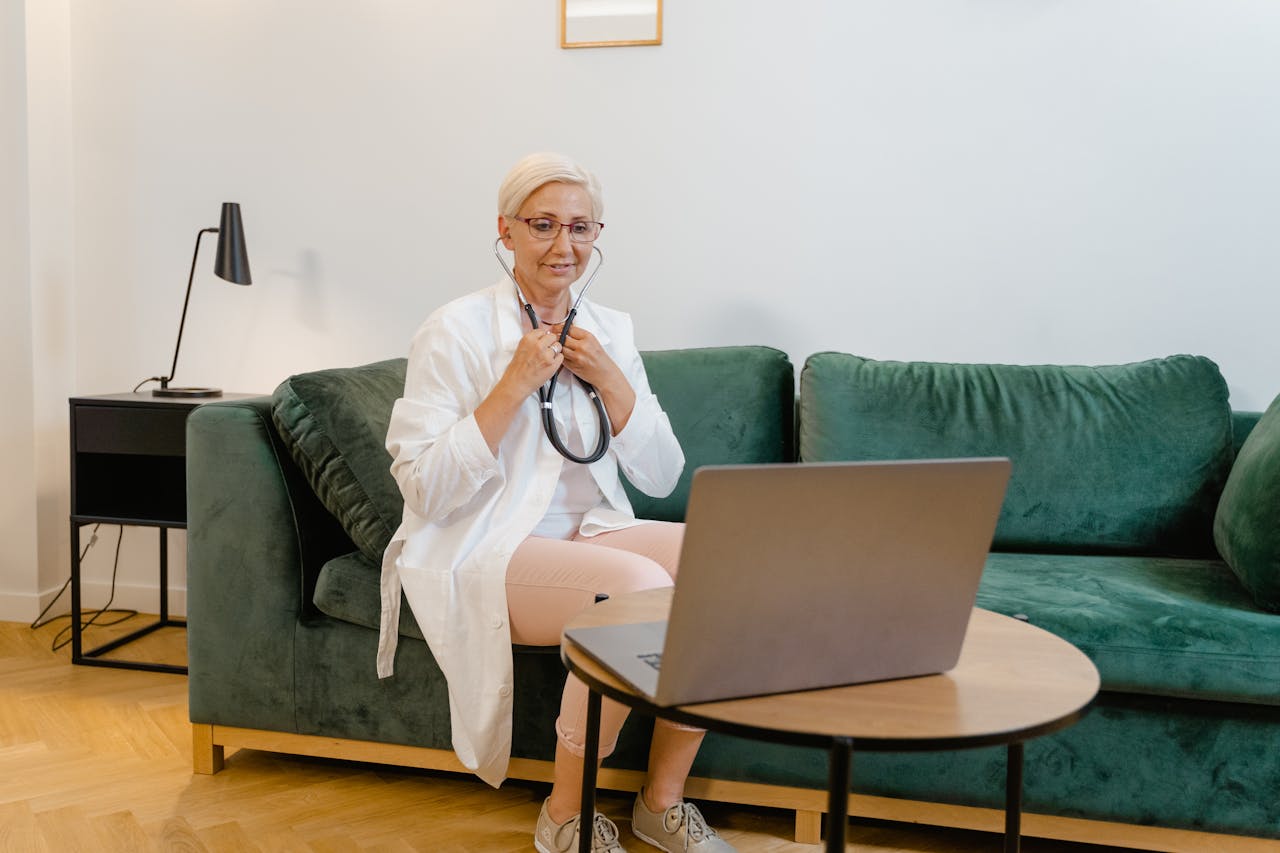Examination –
How can someone tell what’s wrong if they never even see me in person? Multiple studies have actually looked at answering this exact question. In one study, it was found that in 61 out of 80 patients (that’s about 76%), the information gathered from talking to the patients and hearing about their symptoms helped the clinician figure out what was going on. This means that in most cases, just chatting with the patient was enough to get a good idea of what might be wrong. Another study found that, in 66 out of 80 cases, the initial diagnosis the clinician had after reading the referral letter and talking to the patient turned out to be correct. When it came to doing physical tests, they were only really helpful in seven of these patients. Even laboratory tests, which might sound fancy, only gave useful results in seven cases too. So, most of the time, it’s the conversation and history-taking that really helps the physiotherapist pinpoint the problem.
Scans and tests –
Functional examination –
When it comes to figuring out what’s causing your pain or discomfort, it’s tempting to focus on the specific tissues or structures in your body. But here’s the thing: just because there’s something abnormal showing up on a scan doesn’t necessarily mean it’s the cause of your problem. Surprisingly, many people who don’t have any pain at all show abnormalities on their scans. For example, almost everyone has some sort of issue in their knees, even if they don’t feel any pain there. The same goes for the spine and shoulders.
So, if knowing the exact diagnosis doesn’t always help, what should you focus on instead?
Well, a group of experts came together and suggested six key areas to pay attention to:
- Pain: Understand and manage your pain levels.
- Flexibility: Work on improving your range of motion.
- Strength, endurance, power: Build up your muscles and stamina.
- Incorporating whole body exercise: Engage in exercises that involve your entire body.
- Psychology: Consider how your mindset and emotions may affect your pain and recovery.
- Specific rehabilitation to the person: Tailor your rehabilitation plan to your individual needs and abilities.
The good news is that all of these areas can be assessed and monitored during online appointments. By measuring things like your pain levels, flexibility, strength, and overall well-being, your healthcare provider can tailor a rehabilitation plan and give you advice on exercises and lifestyle changes that are right for you. So, even if the specific diagnosis isn’t crystal clear, there are still plenty of ways to help you feel better and get back to doing the things you love.
Using wearable technology to provide greater insights –
Wearable technology offers a game-changing solution for managing pain and improving overall well-being. Imagine this: after a tough workout, you might find your pain levels spiking due to increased activity in certain receptors in your brain. However, regular exercise, when done consistently, can actually help alleviate pain by calming down those receptors. But here’s where wearable tech steps in: it not only tracks your exercise but also keeps tabs on other important factors like your sleep quality and duration, which are closely linked to pain levels. By integrating with platforms like Trainerize, your coach or physiotherapist can access all this valuable data. This means they can tailor your rehabilitation plan based on a comprehensive understanding of not just your exercise habits, but also your sleep patterns and other factors associated with your pain. It’s like having a personalized roadmap to guide you towards better health and less pain.




